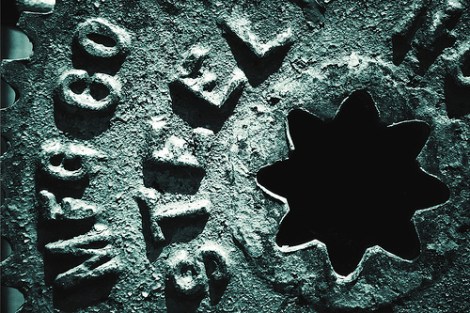Steel is one of those industries that generates more than its fair share of greenhouse gases — 5 percent of the world total. But now an MIT scientist has figured out how to make steel without any greenhouse gas emissions whatsoever.
The easiest way to do this would be to make it on the moon. MIT explains:
[MIT professor Donald] Sadoway found that a process called molten oxide electrolysis could use iron oxide from the lunar soil to make oxygen in abundance, with no special chemistry. He tested the process using lunar-like soil from Meteor Crater in Arizona — which contains iron oxide from an asteroid impact thousands of years ago — finding that it produced steel as a byproduct.
Sadoway’s method used an iridium anode, but since iridium is expensive and supplies are limited, that’s not a viable approach for bulk steel production on Earth.
There’s a reason why Sadoway started out with moon soil: He was working on a grant meant to help figure out how to provide oxygen for future lunar settlers to breathe. And then, while fiddling with that problem — poof! — he made steel.
Of course, it’s not so helpful to make GHG-free steel on the moon, given that it’d take just a little bit of effort to get it back to Earth. But once you’ve got GHG-free steel, you don’t just give up. Sadoway went back, did some more research, and found a solution — “an inexpensive metal alloy that can replace the iridium anode in molten oxide electrolysis.” Making steel out of moon metal might be cool, but this is practical and could even be cheaper than making steel the traditional, carbon-spewing way.



